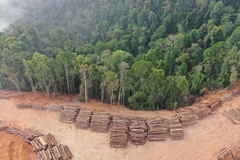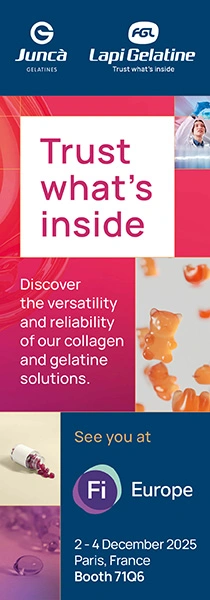Is Aerogel Ready for a Bigger Role in Shipping Containers?
Advancements in aerogel are making it worth another look for shipping pressure-sensitive products such as medicines and certain types of packaged food--areas that are of interest to contract packagers.
25/11/2006 Aerogel, also known as "frozen smoke," has been around since the 1930s in industries such as coatings and insulation. The time may be right for aerogel to play a greater role in packaging, in an effort to reduce costs.
Advancements in aerogel are making it worth another look for shipping pressure-sensitive products such as medicines and certain types of packaged food--areas that are of interest to contract packagers. They are expanding their services into turnkey efforts that include distribution and logistics, and are looking for ideas to do it more cost-effectively.
Kodiak Thermal Technologies is tapping into one of the new materials coming onto the market in the aerogel arena. It's called Aeroblack, and it's from American Aerogel Corp. Kodiak insulates its R-11 and R-36 cold-chain shipping containers with Aeroblack vacuum panels to increase the "R" value for shipping temperature-sensitive medical supplies around the world. "We can ship for five days with no power and maintain temperatures inside the containers between 2 degress and 8 degrees C," says Win Eastman, Kodiak founder.

In its simplest form, aerogel is a very low-density, low-porosity, open-cell material that is 95% or more air. "The problem until now has been that it's been very difficult to make a monolithic, solid-piece aerogel, such as in cube form," says Dennis Young, American Aerogel CEO. "Aerogels tend to crack, shrink, and powder. Their performance has been better than some competitive products, but not enough to offset cost."
Eastman says he has not encountered those problems with the Aeroblack panels in his company's shipping containers, and the benefits have been significant. "With 1-inch panel insulation we get the same temperature protection as 10-inch-thick plastic foam. The payback for us is not only the higher R-40 value, but we get a much larger cargo space inside the container. That plays a big factor in reducing our costs."
















